Let’s talk probiotics! What are probiotics? What are health benefits of probiotics? Which are probiotic foods and prebiotic foods? How to choose the best probiotic? When is the best time to take probiotics?
Table of contents
- What are Probiotics?
- Health Benefits of Probiotics
- Guide to Buying the Right Probiotic Supplements
What are Probiotics?
Probiotics are living microorganisms that, when ingested, provide numerous health benefits. They’re usually bacteria, but certain types of yeasts can also function as probiotics. [1]
You can get probiotics from supplements, as well as from foods prepared by bacterial fermentation.
Interestingly, different probiotics address different health conditions. Therefore, choosing the right types of probiotics is essential.
Importance of Microorganisms in Your Gut
Your gut microbiome is a very significant part of your existence. In the average human body, there are around 30 trillion cells. This is considerably less than the 40 trillion cells of bacterial origin. There are approximately 1000 different bacterial species that make up your gut microbiome. In other words, your body is more bacterial than human. [2]
Probiotics help maintain healthy balance of gut flora and therefore support your immune system. It’s important to fill your gut with good bacteria, like Lactobacillus Acidophilus and Bifidobacteria Bifidum, so that there is no room left for Candida overgrowth.
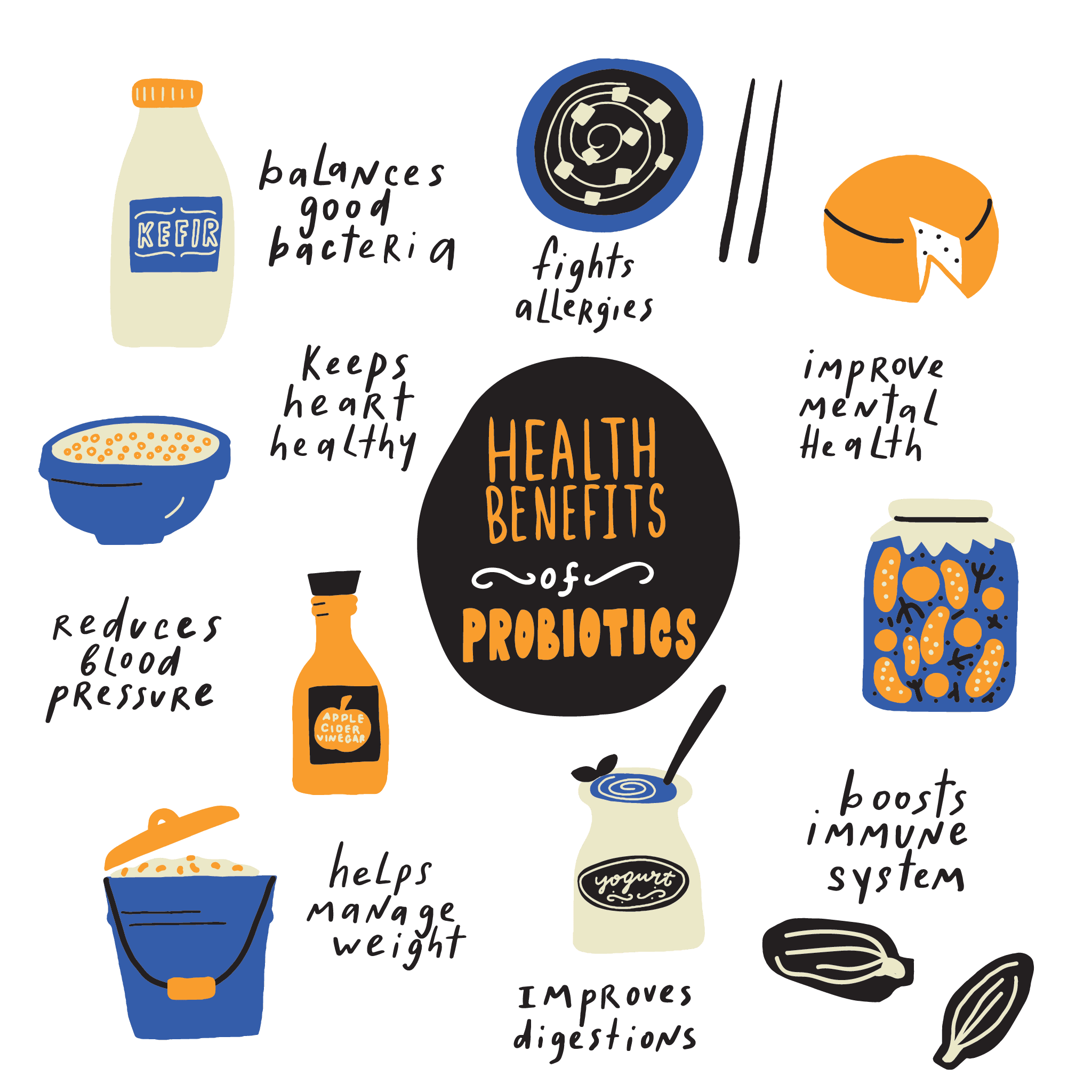
Health Benefits of Probiotics
Improving Your Digestive Health
Antibiotic-Associated Diarrhoea
Strong evidence suggests that probiotic supplements can help cure antibiotic-associated diarrhoea. [3]
Antibiotics have been proven to disturb our gut micro flora by killing susceptible intestinal bacteria. Probiotic supplementation traditionally seeks to increase the numbers of intestinal flora after antibiotic administration, therefore preventing commonly seen side effects of antibiotic therapy. One study indicates that in patients receiving multiple forms of antibiotics, probiotics are effective in restoring intestinal flora removed by antibiotic therapy. Commonly used probiotic bacteria (L. acidophilus and Bifidobacterium bifidum), showed an increase in colony numbers after the therapeutic treatment of antibiotics. Thus indicating that the use of supplementary probiotics is vital in preventing any permanent changes in intestinal flora after taking antibiotics. [4]
After taking antibiotics, up to 40% of people experience diarrhoea. However, for example, you may be able to cut the risk in kids in half by giving them probiotics along with the antibiotics. Whereas Lactobacillus rhamnosus and Saccharomyces boulardii appeared to be the most effective strains. Moreover, studies using more than five billion live organisms appeared to achieve better results than those using smaller doses.
In adults, going to 100 billion organisms seemed to work nearly twice as well as 50 billion in preventing antibiotic-associated diarrhoea. [source]
Acute Infectious Diarrhoea
Probiotics have proven to shorten the duration of the symptoms of acute infectious diarrhoea by about a day. However, we still don’t know what the best probiotic doses and strains are. Studies have used between 20 million organisms a day to three trillion, and there are thousands of different strains to choose from.
Some studies also show benefits against inflammatory bowel diseases, such as Crohn’s disease and ulcerative colitis. [5]
What’s more, probiotics may fight Helicobacter pylori infections, which are one of the main drivers of ulcers and stomach cancer. [6]
Stimulating the Immune System
Probiotics stimulate our immune system by:
- Enhanced antibody production and natural killer cell activity.
- Modulation of dendritic cell phenotype and function. Dendritic cells (DC) are bone marrow-derived cells that are specialized to take up, process and present antigen, and have the capacity to stimulate resting T cells in the primary immune response. [7] They hence function as the guards of the immune system. [8]
- Altered cytokine release. Cytokines are a large group of proteins, peptides or glycoproteins that are secreted by specific cells of immune system. Cytokines are a category of signalling molecules that mediate and regulate immunity, inflammation and hematopoiesis (the production of all types of blood cells). [9]
- Induction of regulatory T cells, also called Tregs that are T cells, which have a role in regulating or suppressing other cells in the immune system. Tregs control the immune response to self and foreign particles (antigens) and help prevent autoimmune disease. [10]
- Modulation of apoptosis, i.e. programmed cell death. Apoptosis is considered a vital component of normal cell turnover, proper development and functioning of the immune system, hormone-dependent atrophy, embryonic development and chemical-induced cell death. Either too little or too much of apoptosis is a factor in many human conditions including neurodegenerative diseases, ischemic damage, autoimmune disorders and many types of cancer. [11]
- Inhibition of proteasome activity. Proteasomes are protein complexes, which degrade unneeded or damaged proteins by proteolysis, a chemical reaction that breaks peptide bonds. Enzymes that help such reactions are called proteases. [12]
Protecting Epithelial Barrier
Epithelial cells are cells that come from surfaces of your body, such as your skin, blood vessels, urinary tract, or organs. [13]
How probiotics help:
- Enhanced tight junction protein phosphorylation. The latter plays critical roles in the regulation of cell cycle, growth, apoptosis and signal transduction pathways. Phosphorylation is the most common mechanism of regulating protein function and transmitting signals throughout the cell. [14]
- Upregulation of mucous production.
- Enhanced epithelial cell glycosylation. Glycosylation is an important and highly regulated mechanism of secondary protein processing within cells. It plays a critical role in determining protein structure, function and stability. [15]
- Increased secretory IgA production. Secretory IgA is the principal weapon protecting us from pathogens and toxins that might otherwise penetrate mucosal surfaces. [16]
- Competing pathogens for mucosal binding sites.
Anti-Microbial Effects
Probiotics help with:
- Stimulation of defensin secretion. Defensins are small proteins that are active against bacteria, fungi and many viruses.
- Secretion of anti-microbial peptides. Peptides are molecules that consist of between 2 and 50 amino acids, whereas proteins are made up of 50 or more amino acids. [17]
- Inhibition of pathogenic bacterial invasion.
- Blockade of bacterial adhesion to epithelial cells.
- Release of nitric oxide that is produced by nearly every type of cell in the human body. It is one of the most important molecules for blood vessel health. Nitric oxide relaxes the inner muscles of your blood vessels, causing the vessels to widen. In this way, it increases blood flow and lowers blood pressure. [18] [19]
Affect Weight Loss
Certain strains of probiotics cannot only kick-start weight loss, but help you to keep it off.
In a study involving a group of 125 overweight men and women, half of the subjects were given a daily probiotic supplement containing Lactobacillus rhamnosus, while the other half took a placebo. All of the subjects underwent a weight loss program for 12 weeks, followed by a 12-week maintenance program. The women taking the probiotic supplement showed an average weight loss of 4.4kg, while the women receiving the placebo lost only 2.6kg. [20]
In another study in 210 people with excess belly fat, taking the probiotic Lactobacillus gasseri daily resulted in an 8.5% loss of belly fat over 12 weeks. When participants stopped taking the probiotic, they gained the belly fat back within four weeks. [21]
Produce B Vitamins
B vitamins are a group of vitamins largely responsible for helping your body to break down food into energy. It’s now been shown that certain strains of probiotics are able to synthesize water-soluble vitamins such as those included in the B-group. The most notable of these are folate, riboflavin and vitamin B12, among others. [22]
Eating foods containing typical probiotics such as Bifidobacterium and Lactobacillus can produce B12 and other B-vitamins. The most well known producer of B12 is Lactobacillus plantarum, which is used in many probiotic products, and is naturally found in human intestines.
Probiotics Improve Sleep
As with mood regulation, probiotics also help to improve sleeping patterns by producing and regulating a number of neurotransmitters and hormones involved with restfulness.
Probiotics can increase blood levels of tryptophan, an amino acid that converts into serotonin and then into melatonin. This is the hormone involved with your feelings of wellbeing.
Gut microbes are also in involved serotonin production, which not only regulates mood but also plays a major role in sleep quality. Research has shown that serotonin deficiency in rats leads to disrupted circadian rhythms and sleep-wake cycles, which typically means restless sleep. Most serotonin in the body (over 90%) is manufactured in the gut. [23]
They Improve Mood
The gut is intrinsically linked to the brain. It’s also known that the neurons lining your gut can play a major role in your mood. These neurons produce serotonin, a neurotransmitter linked to mood.
A study assessing the effect of a combination of Lactobacillus helveticus and Bifidobacterium longum on both human subjects and rats showed that these probiotics reduced anxiety and had beneficial psychological effects, including a decrease in serum cortisol. [24]
In a study, one month of probiotics was found to significantly decrease symptoms of anxiety, depression, anger, and hostility. How is that possible? Well, a variety of mechanisms has been proposed for how intestinal bacteria may be communicating with our brain. Likely, organisms already inside us carry out some degree of influence on our mental wellbeing. [source]
Other Health Benefits of Probiotics
- Alleviation of lactose intolerance.
- Cholesterol reduction.
- Tumor targeting. [25]
Prebiotic versus Probiotic
The difference between prebiotic and probiotic foods is simple – prebiotic foods don’t contain any good bacteria, but they help the good bacteria to survive and grow.
Chicory root contains an excellent prebiotic named Inulin – so, have chicory root coffee with almond milk or non-GMO unsweetened soymilk and add preferred sweetener.
More Prebiotic Foods:
- Jerusalem artichokes, burdock roots, chicory roots, and dandelion roots.
- Garlic, onions, leeks, shallots, spring onions.
- Asparagus, globe artichoke, beetroot, green beans.
- Green (plantain) bananas, raw cacao, green tea.
- Brassica family – cauliflower, broccoli, Brussels sprouts, kale, kohlrabi, Chinese vegetables (pak choy, choy Sum, etc.).
- Legumes: adzuki beans, pinto beans, navy beans, mung beans, etc.
- Rye sourdough bread (if gluten is tolerated), oats.
- Sunflower seeds, pumpkin seeds, chestnuts, almonds, hazelnuts, pecans.
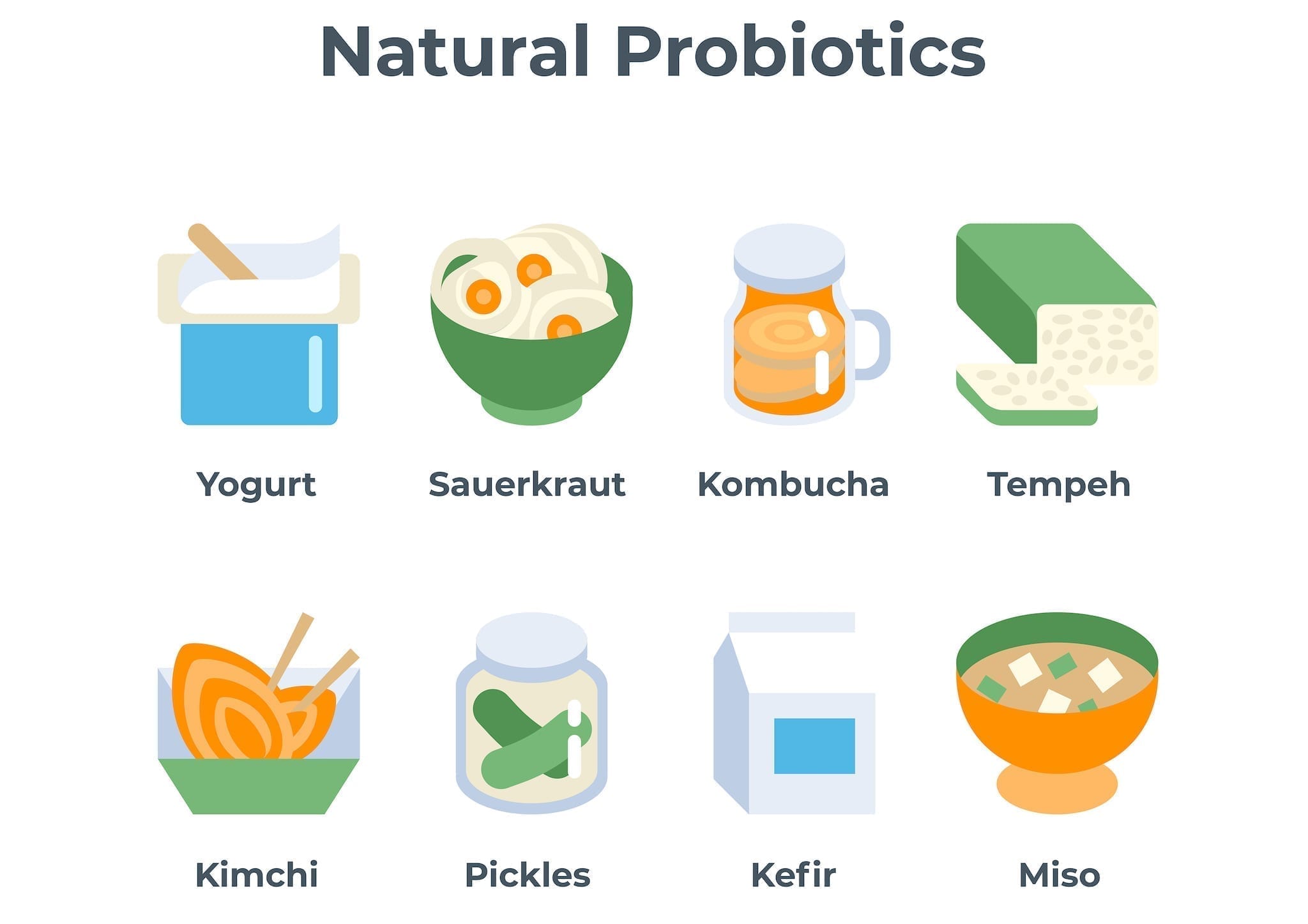
Probiotic Foods
Yogurt (non-GMO soy, coconut, oat, cashew), fermented foods such as sauerkraut and kimchi. You need to make sure that it is raw and not pasteurized as pasteurizing kills all the good bacteria.
Probiotic Supplements
Sometimes it’s not enough to eat probiotic foods to help the good bacteria rule your gut. This is true, if you’ve had a course of antibiotics or are struggling with Candida overgrowth.
Antibiotics kill many of the good bacteria in your gut. That leaves space and nutrients for harmful microorganisms like Candida albicans, so that they can multiply and spread. Researchers have found that, even six months after taking antibiotics, a large number of important probiotic strains are completely missing from the gut flora. An imbalanced gut leads to inflammation and weak immunity, and may contribute to more serious longer-term health problems.
Probiotic Foods vs Probiotic Supplements
Unless you have suffered a major disruption of gut flora by antibiotics, or an intestinal infection, Dr. Micheal Greger suggests focusing on feeding the good bacteria you already have. We can do that by eating prebiotic foods. However, you might need a supplement if you have diarrhoea, or bloating.
Moreover, by eating raw fruits and vegetables, we may be getting both, probiotics and prebiotcs. Fruits and vegetables are covered with millions of lactic acid bacteria, some of which are the same type used as probiotics. So, when studies show eating more fruits and vegetables boosts immunity, prebiotics and probiotics may both be playing a role.
It’s noteworthy that the bacterial communities of ground vegetables, tree fruits, mushrooms, and grapes differ significantly. So, it becomes important to eat not just a greater quantity but also a greater variety of fruits and veggies every day.
What’s more is that the researchers found that there were significant differences in [microbial] community composition between conventional and organic produce. However, we don’t know enough about fruit and veggie bugs to determine as to which bacterial communities are healthier. [source]
Guide to Buying the Right Probiotic Supplements
Now, her’s something to think about! Less than a third of commercial probiotic products tested actually contained what the label claimed. About half had fewer viable organisms than stated, and half contained contaminant organisms — including potentially pathogenic ones, as well as mould. [source]
What you need to keep in mind when choosing your probiotic supplements:
Rule 1: Probiotic Strains and CFUs
It’s best to choose a probiotic supplement that contains a variety of well-researched strains that have been shown to benefit the gut. [26]
Each strain of probiotic bacteria functions slightly differently and has different benefits for the body. They’re also concentrated in different places throughout the digestive tract.
A good probiotic should contain at least 5 billion CFUs (colony forming units) per dose in order to provide maximum benefit.
Here are some examples of different functions of probiotic bacteria:
| Lactobillus | prevention of vaginosis |
| L. acidophilus | antibiotic-associated diarrhoea |
| L. fermentum | infant diarrhoea |
| L. helveticus | atopic dermatitis |
| L. paracasei | promotion of vitamin |
| L. rhamnosus | improves skin health, particularly eczema. It also helps to reduce diarrhea. [27] |
| L. salivarus | digestion |
| Bifidobacterium | irritable bowel disease (IBS) |
| B. bifidum | gut transit time control |
| B. breve | immune support |
| B. lactis | improves both the immune system and digestion [28] |
| B. longum | antimutagens, anticholesterol agents, digestion. |
Also, Enterococcus faecium have been shown to provide functional benefits in the treatment of Salmonella infections. [29]
Some of the best bacterial strains to look for in a probiotic are:
Lactobacillus acidophilus
Lactobacillus acidophilus is a type of bacteria found in your intestines. It’s a member of the Lactobacillus genus of bacteria, and it plays an important role in human health. [30]
L. acidophilus is probably the most well-known and well researched probiotic bacteria. It shows remarkable potency in fighting against Candida and has been shown to significantly inhibit the rate at which the yeast grows. L. acidophilus is one of most effective probiotic bacteria against Candida albicans. [31, 32]
Key features on L. acidophilus include:
- Produces the B vitamins, vitamin K, many enzymes, natural beneficial acids that help digest food and fight infection, and also acidophilin that kills many forms of pathogenic bacteria and yeasts.
- Suppresses bad bacteria that cause skin problems, bad breath, constipation and diarrhoea, flatulence & bloating, stomach ulcers.
- Helps the body to absorb calcium.
- Inhibits multiplication of cancerous cells. Studies suggest that certain probiotics can help reduce cholesterol levels and that L. acidophilus may be more effective than other types of probiotics. [33, 34]
- Improves skin conditions such as eczema and asthma.
- Finally, stimulates many aspects of the immune system.
In addition to probiotic supplements, L. acidophilus can be found naturally in a number of fermented foods, including sauerkraut, miso and tempeh. Also, it’s added to other foods like cheese and yogurt as a probiotic. [35]
Lactobacillus plantarum
Lactobacillus plantarum (L. plantarum) is a rod-shaped, gram-positive lactic acid bacterium. It is commonly found in the human and other mammalian gastrointestinal tracts, saliva, and various food products. [36]
Lactobacillus plantarum is one of the most versatile of all probiotics, and commonly used in making fermented foods like kimchi, pickles, sauerkraut, and even sourdough bread.
This beneficial bacteria has been shown to be effective in inflammatory bowel disease (ulcerative colitis and Crohn’s) as well as irritable bowel syndrome (IBS). It is also excellent at fighting bacteria and yeast that cause us problems, such as E. coli and Candida albicans.
Here are some key factors of L. plantarum:
- It is naturally present in your saliva, effectively reducing the amount of bad bacteria from entering and adversely affecting your digestive system.
- L. plantarum can help the body preserve critical nutrients, vitamins, and antioxidants.
- L. plantarum is one of the few probiotics not adversely affected by antibiotics. It can help to preserve beneficial bacteria often destroyed by antibiotics, thereby preventing a Candida yeast overgrowth. L. plantarum can produce lysine, an essential amino acid that has numerous positive effects on immunity, including the production of antibodies.
Lactobacillus casei
Lactobacillus casei group comprises lactic acid bacteria mostly associated to dairy products. Species within this group are L. casei, Lactobacillus paracasei (including the two subspecies paracasei and tolerans), and Lactobacillus rhamnosus. [37]
Lactobacillus casei helps the body produce lactic acid that aids in lowering the pH levels in the digestive system, which in turn helps to reduce the growth of harmful bacteria. This probiotic helps to regulate the immune system of the digestive system by binding to the surfaces and stimulating the GALT system (gut associated lymphoid tissue).
L. paracasei has powerful antibacterial properties and can impede the growth of common pathogenic agents including E. coli and Candida albicans, as proved in a study where researchers fed mice fermented milk that was laced with L. paracasei. It was found that their gut microflora was improved and that the colonization of Candida was inhibited. [38]
Rule 2: Viability
Make sure the probiotic bacteria are viable. Many probiotic formulas use inactivated bacteria. While some functionality has been found for non-viable bacteria to provide health benefits, the common agreement is that they are no substitute and are unlikely to be as effective as viable bacteria. [39]
Rule 3: Protection Against Harsh Gastric Conditions
A major issue with probiotic supplements is their ability to pass the harsh gastric environment. A noteworthy 60% of probiotic bacteria are killed in the gastric environment before reaching the intestine where the bacteria will exert their health benefits.
Now, enteric coated tablets and capsules have been shown to supply protection against the harsh gastric environment. Those coats are pH selective and dissolve in the alkali media of the intestinal system.
Hydroxypropyl methylcellulose phthalate has been used to deliver Lactobacillus fermentum under simulated human gastric and intestinal conditions.
Other excipients that survive the acidic environment of stomach and have been used for probiotic delivery is carboxymethyl high amylose starch. [40]
Controlled-Release System BIO-Tract
In case of controlled-release system like BIO-tract, the tablets will release their probiotic bacteria slowly over the course of 8-10 hours. This means that the majority will end up in your gut, no matter what time of day you take them. Delivery systems like this take a lot of the stress and decision-making out of taking your probiotic. It also makes life easier when you’re traveling, on the road, or just have a busy life to manage.
Rule 4: What is the Probiotic Free From
Look to see if the product is free from all the main allergens, such as gluten, dairy, soy, corn, peanuts, yeast or other ingredients for which you may have intolerance.
Rule 5: Avoid Low-Cost Binders, Fillers and Harmful Additives
Low-cost binders, such as magnesium oxide or zinc oxide, can dramatically reduce the bioavailability and absorption of supplements.
Avoid titanium dioxide – widely used as a colorant in supplements and throughout the cosmetic industry, titanium dioxide has recently been classified by the International Agency for Research on Cancer (IARC) as an IARC Group 2B carcinogen “possibly carcinogenic to humans.” It is best to avoid products that have this ingredient.
Also, avoid magnesium stearate and steer clear of artificial sweeteners and colouring agents.
The Best Time of Day to Take Probiotics
Let’s see how you can boost the effectiveness of probiotics by taking them correctly.
Your lower gastrointestinal tract is where probiotic bacteria are most effective, but they need to be alive when they reach their destination. Not such an easy task if you consider that they need to pass your highly acidic stomach with pH 2-3. They also face digestive enzymes including pepsin (which breaks down protein).
The bacteria that do survive will then continue down to the small intestine, where they meet more digestive enzymes: amylase, lipase and protease as well as bile. Some studies show that the survival rates for certain strains of probiotics are only 20%.
Research also shows that probiotic supplements in vegetable capsules only deliver 4% of their bacteria past stomach acid. The best approach, as demonstrated by multiple research studies, is to take your probiotic when your stomach contents are at their least acidic. This gives your probiotic bacteria the greatest chance of successfully arriving where they need to be. A meal containing healthy fats will aid in further protecting the probiotic bacteria from your stomach acid. [41]
When to Take Probiotic Supplements
According to the study “The Impact of Meal on a Probiotic During Transit Through a Model of the Human Upper Gastrointestinal Tract”, where a fake digestive tract was built with real saliva and digestive enzymes, acid, bile, etc., the conclusion was that probiotic bacterial survival was best when provided within 30 minutes before or simultaneously with a meal or beverage that contained some fat. [42]
At the same time, research seems to be divided on this. For instance, a 2011 study investigating the survival of a probiotic capsule that contained Lactobacillus helveticus R0052, Lactobacillus rhamnosus R0011, Bifidobacterium longum R0175, and Saccharomyces cerevisiae boulardii. Researchers found that survival rates of all the bacteria were best when the capsule was ingested 30 minutes before or alongside a meal.
However, a 2017 study consisting of healthy volunteers assessed intake of Bifidobacterium longum BB536 and Lactobacillus rhamnosus HN001. One group took the probiotic 30 minutes before breakfast and the other group 30 minutes after breakfast. Within a month, both groups demonstrated benefits in their gut microbiota, “leading to a significant reduction of potentially harmful bacteria and an increase of beneficial ones.”
If you take a soil-based probiotic or a probiotic that uses a controlled-release system like BIO-tract, the time becomes less of an issue. Whether you take your probiotic with food or not, the tablets will release their probiotic bacteria slowly over the course of 8-10 hours.
Balance One Probiotic:
- 12 probiotic strains (L. plantarum, L. paracasei, L. acidophilus, L. casei, B. longum, B. breve, B. infantis, L. brevis, L. salivarus, L. rhmanosus, Lactococcus lactis, S. thermophiles).
- 15 billion CFUs per tablet.
- 60 tablets per bottle (enough for 2 months).
- Free of nuts, dairy, gluten. Non-GMO and vegan.
Most probiotic capsules get only 4% of their bacteria past stomach acid. Balance One patented time-release tablets deliver 60% of their probiotic bacteria past stomach acid, making them 15 times more effective. Their probiotic releases its bacteria over 8-10 hours and delivers them all the way to your gut – just where you need them.
You can buy Balance One probiotics here. Use code nutriplanet at checkout and get 15% off. Or order it on Amazon (code nutriplanet is also valid there).
Take Into Account Any Medications
It’s important to leave at least two hours between taking your probiotic supplement and taking your antibiotic. That avoids any chance of the antibiotic killing the probiotic bacteria before they reach your gut.
Also, the same goes for any other supplements with antibiotic properties, such as olive leaf, oregano oil, or caprylic acid. Make sure that you leave 2 hours between taking your anti-fungal and your probiotic.
Learn When Probiotic Supplements Are Not Safe!
There are certain medical conditions and situations when probiotic supplements may actually make things worse.
That being said, don’t take probiotic supplements, if you have pancreatitis. In a study, half of the pancreatitis patients were given probiotic pills, while the other half got sugar pills. Within ten days, the mortality rates in the probiotic group shot up compared to placebo. More than twice as many people died on the probiotics. [Source: Michael Greger’s How Not to Diet]
In rare cases, the bacteria or yeasts found in probiotics can enter the bloodstream and cause infections in susceptible individuals. [43, 44, 45, 46]
Those at greatest risk for infection from probiotics include people with suppressed immune systems, prolonged hospitalisations, venous catheters or those who have undergone recent surgeries. [47, 48, 49]
However, the risk of developing an infection is very low. In fact, no serious infections have been reported in clinical studies of the general population.
Post updated on Nov 24, 2022
Disclaimer: this post contains affiliate links. As a Balance One affiliate I earn from qualifying purchases. You can support me delivering quality content by purchasing through those links. Thank you!
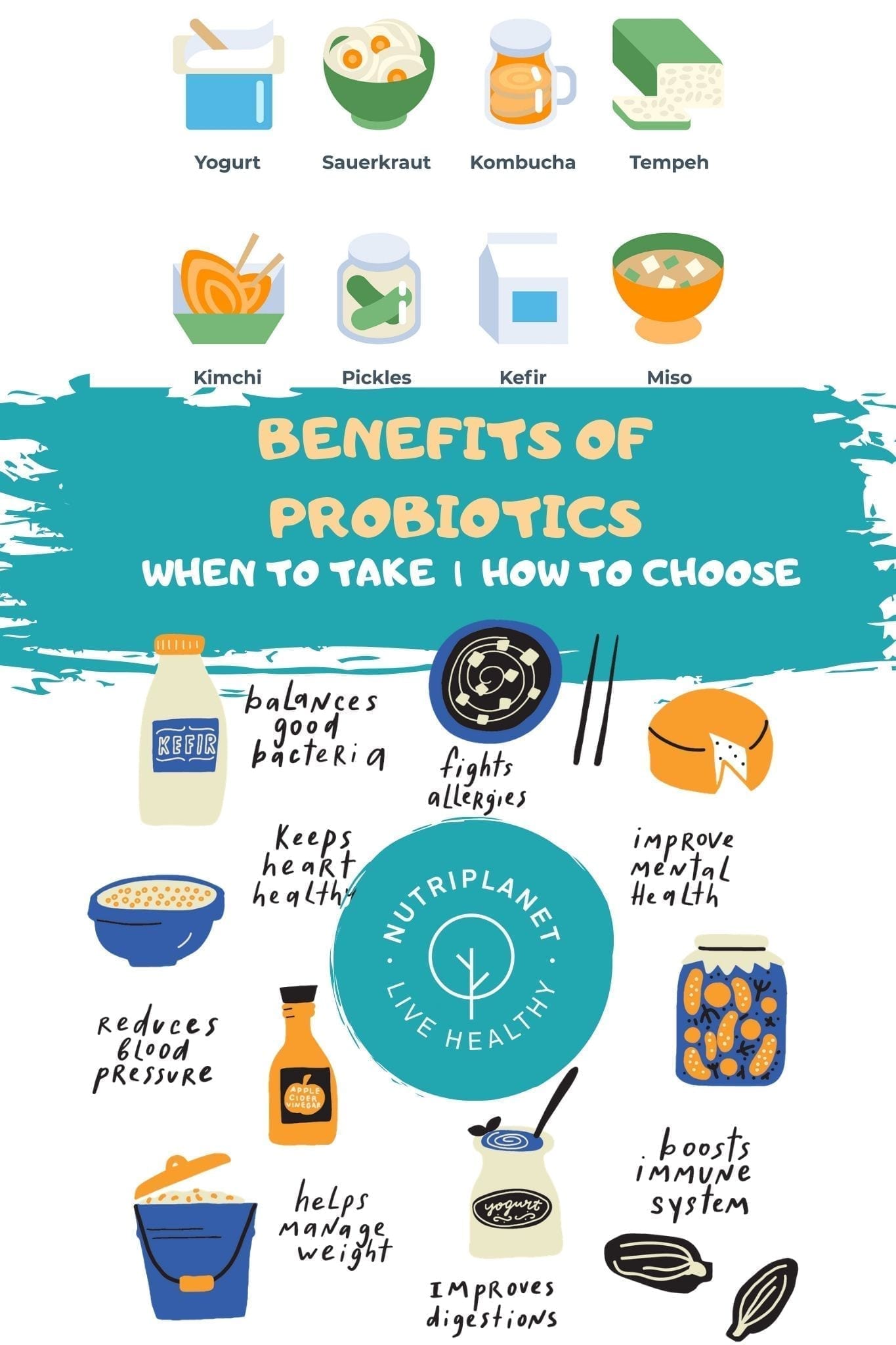
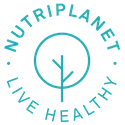
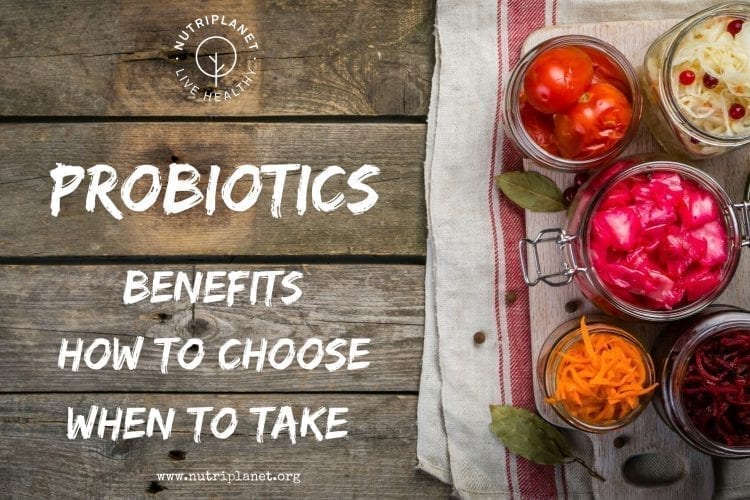











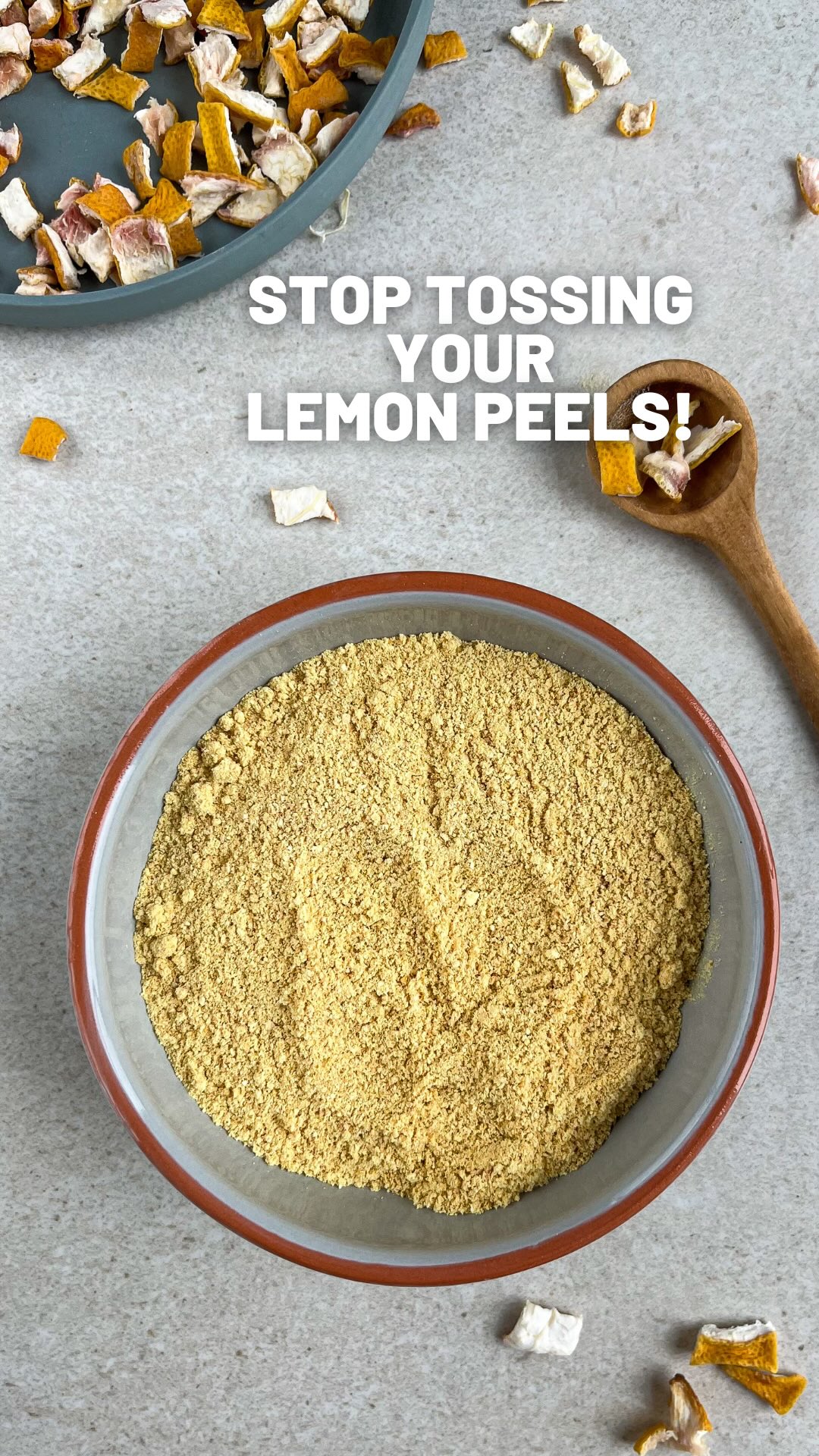
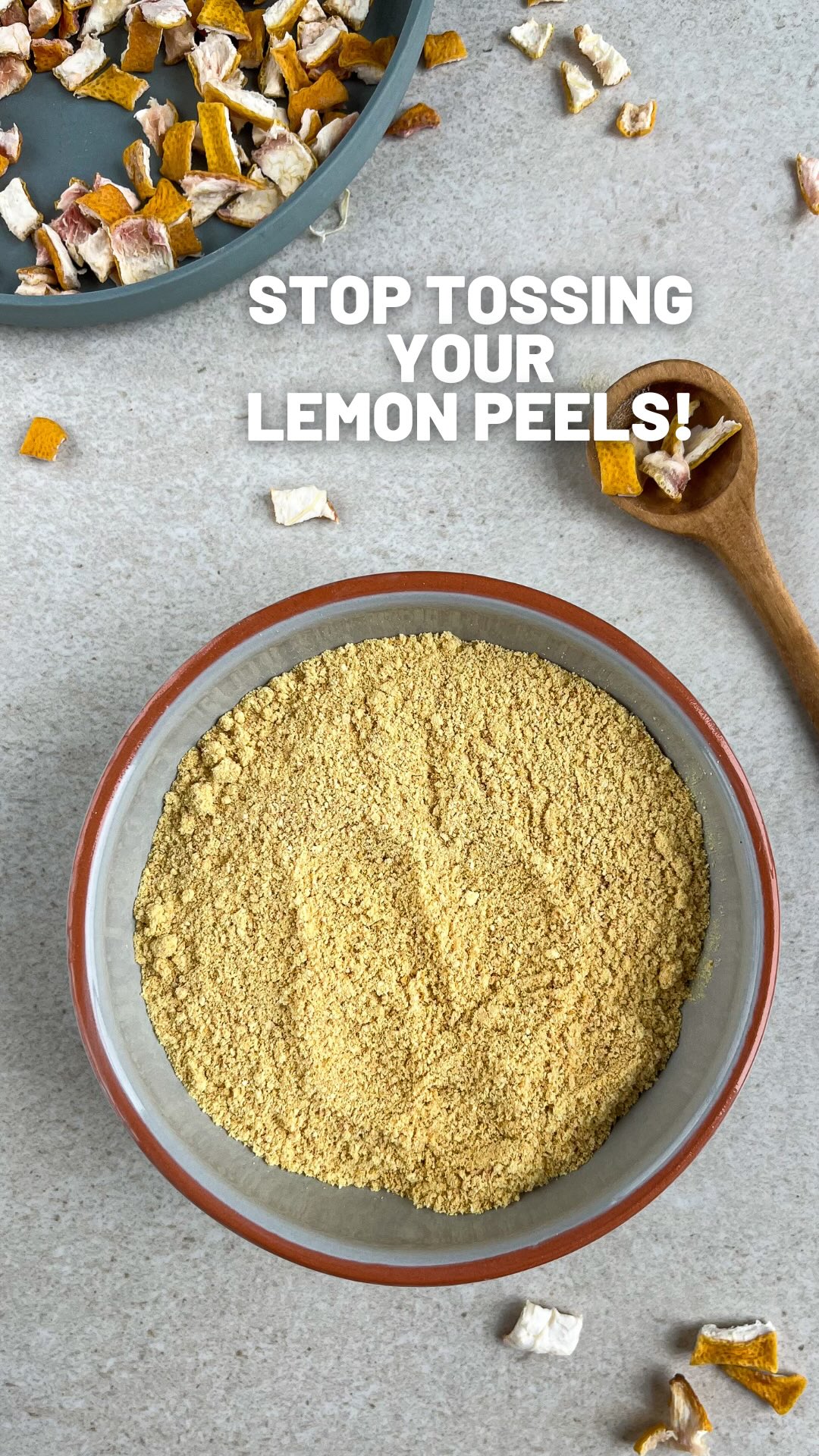

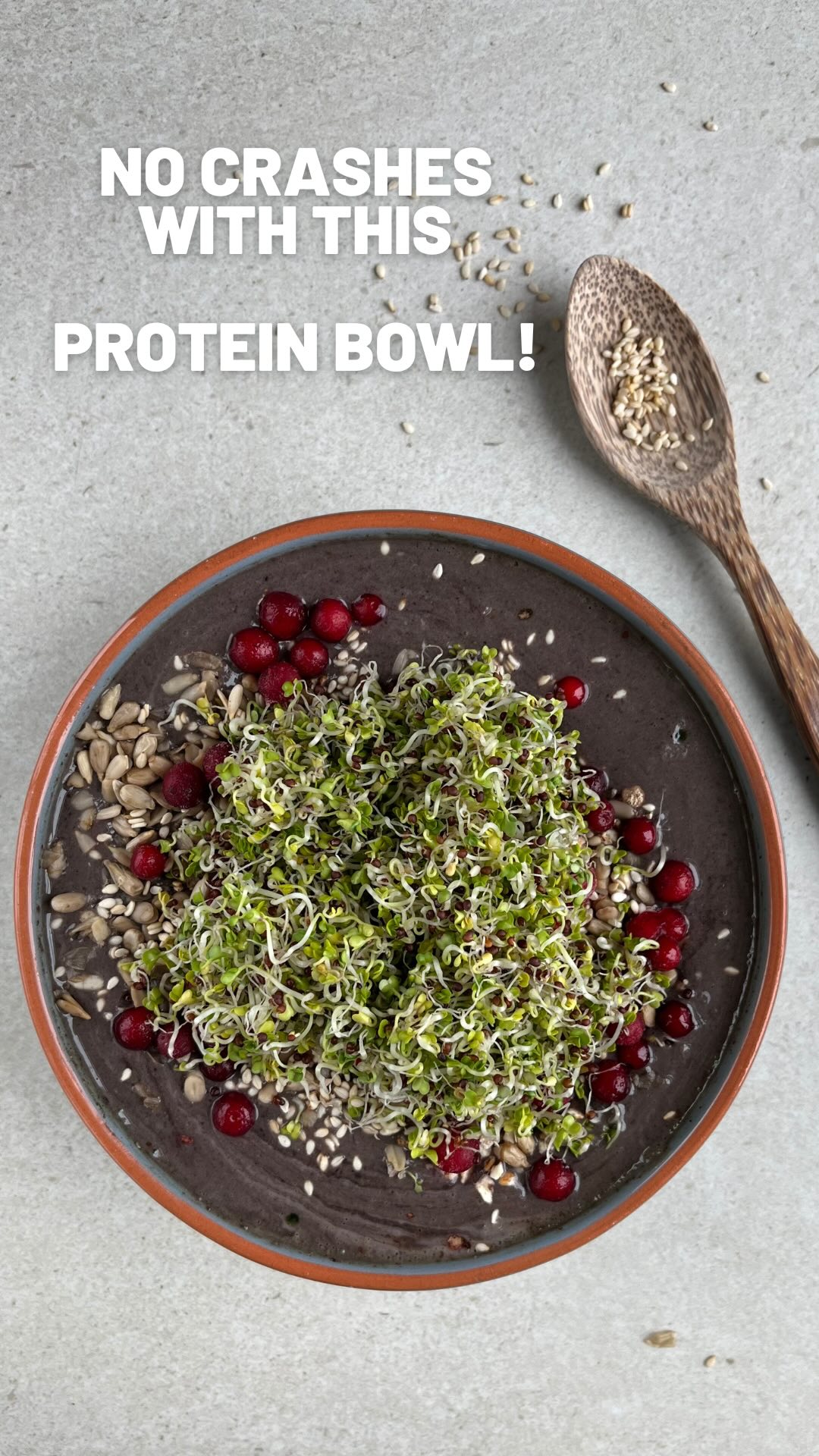











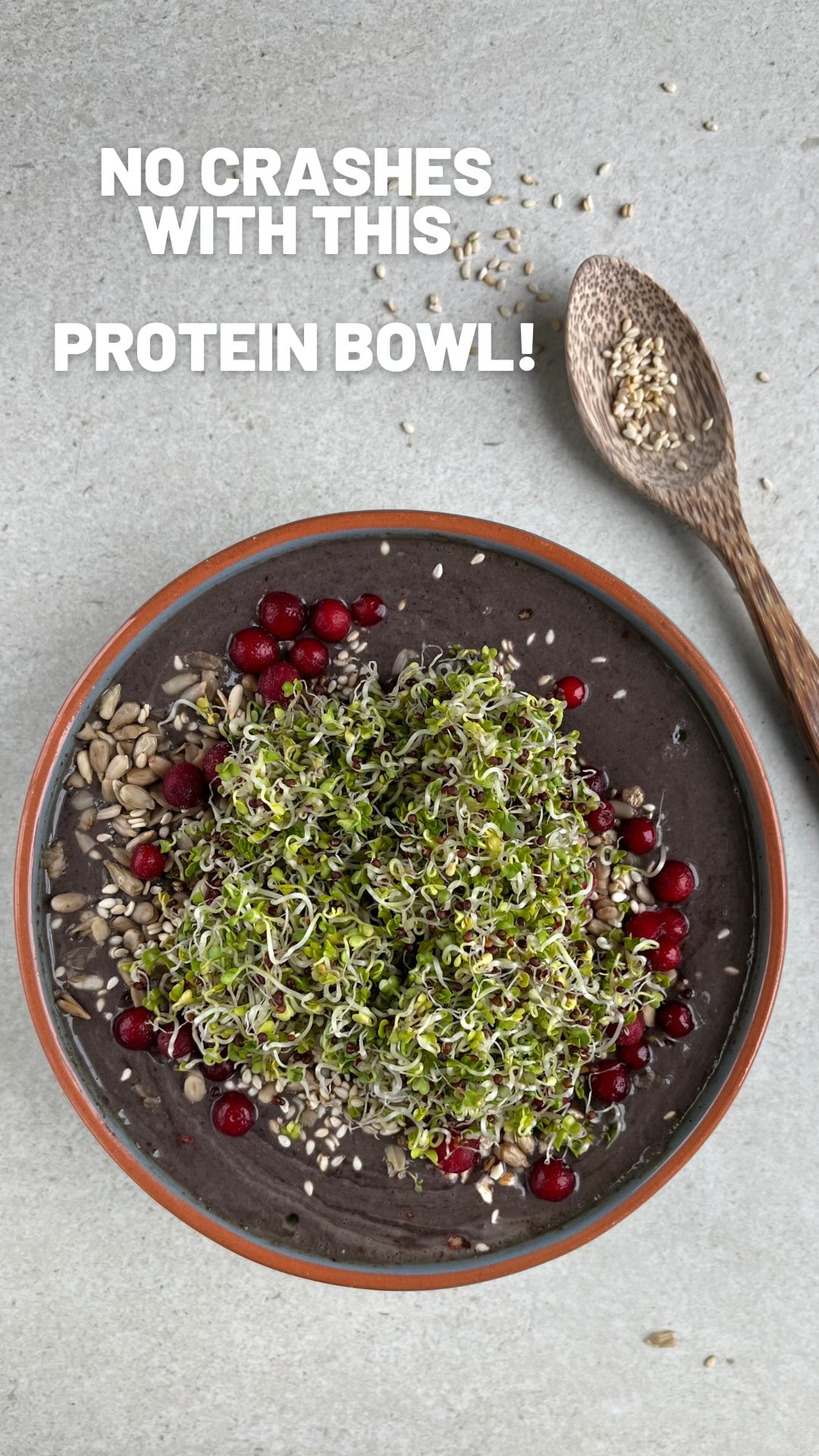
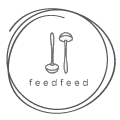





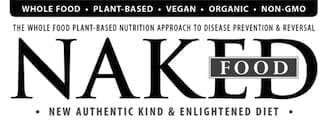


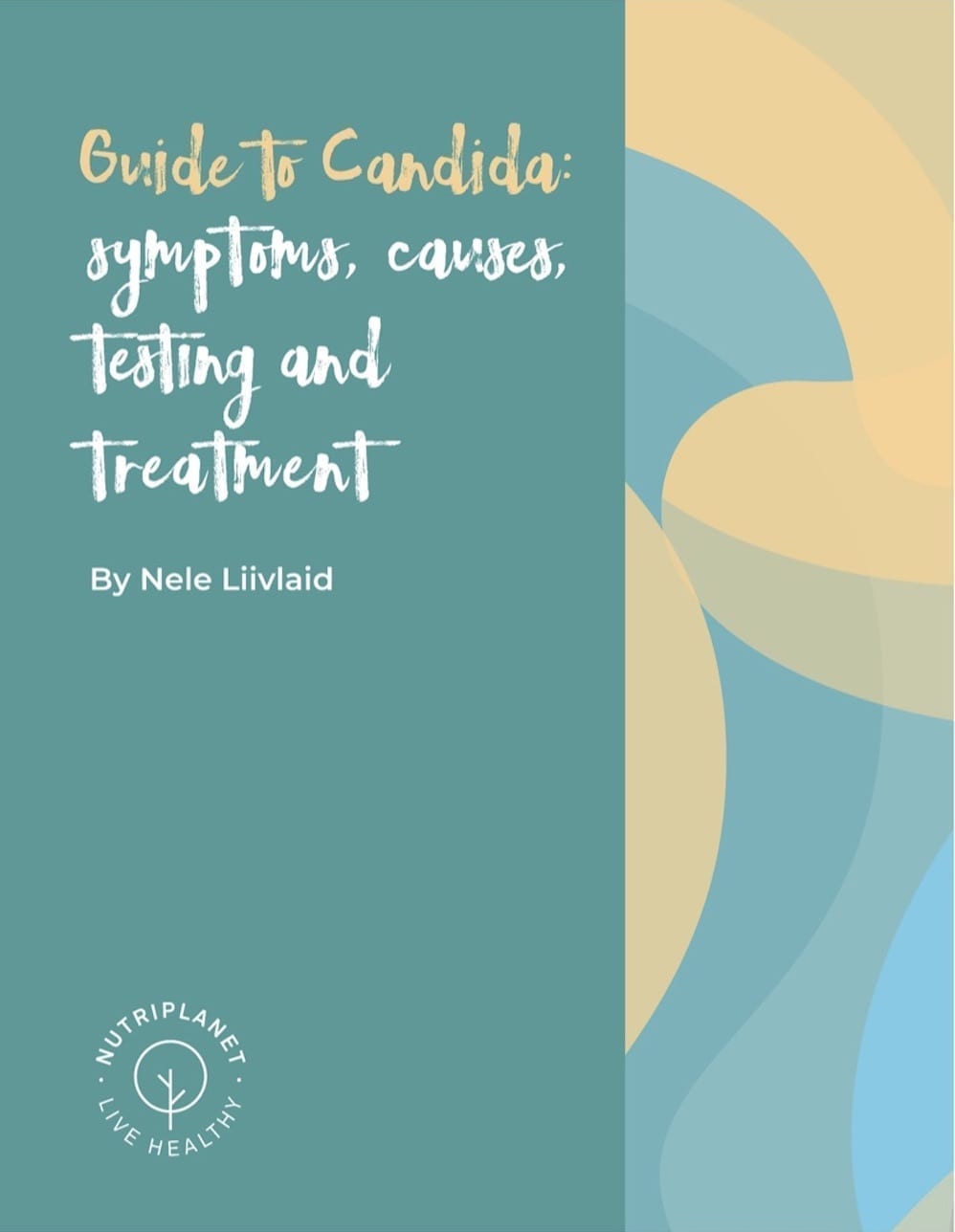

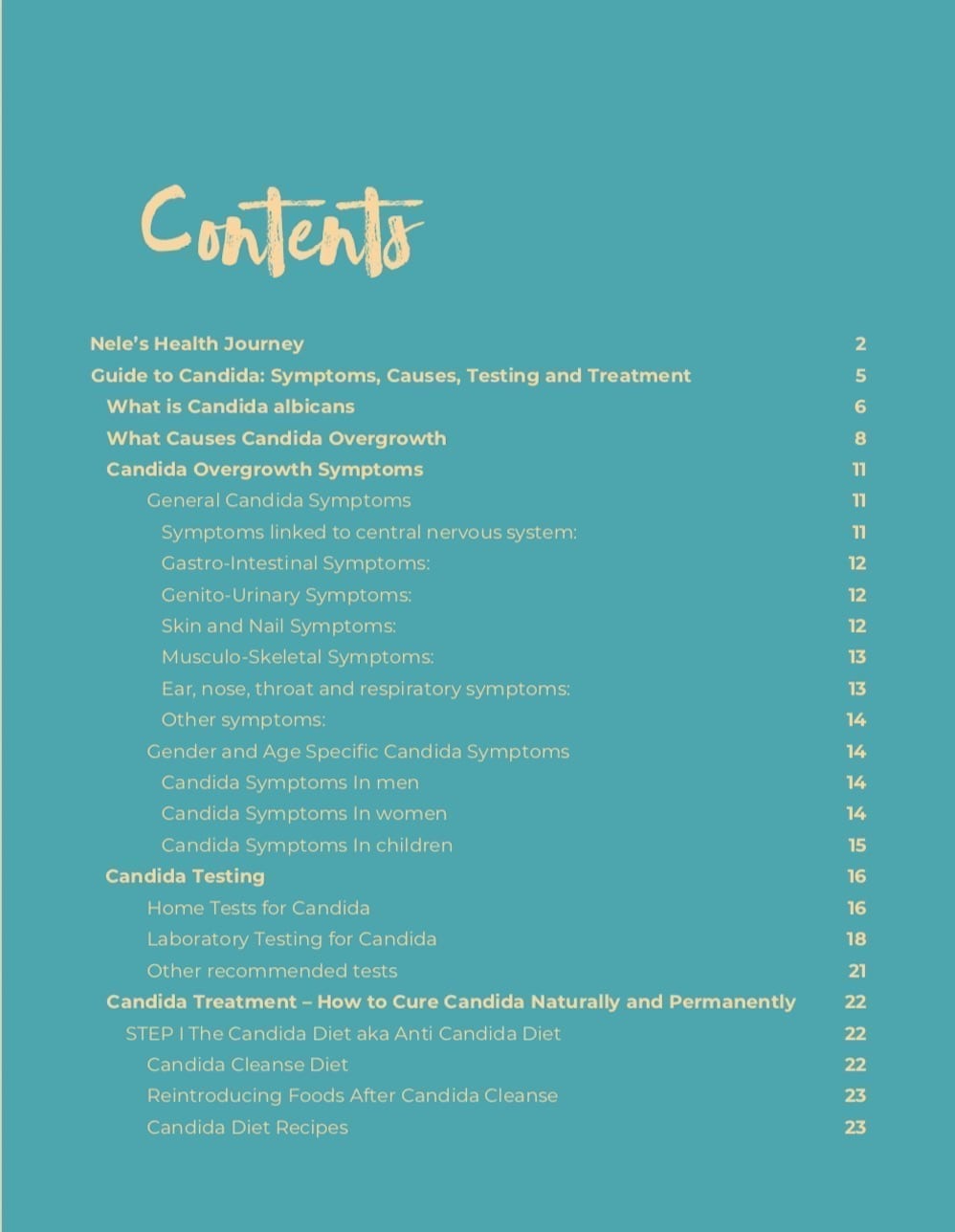
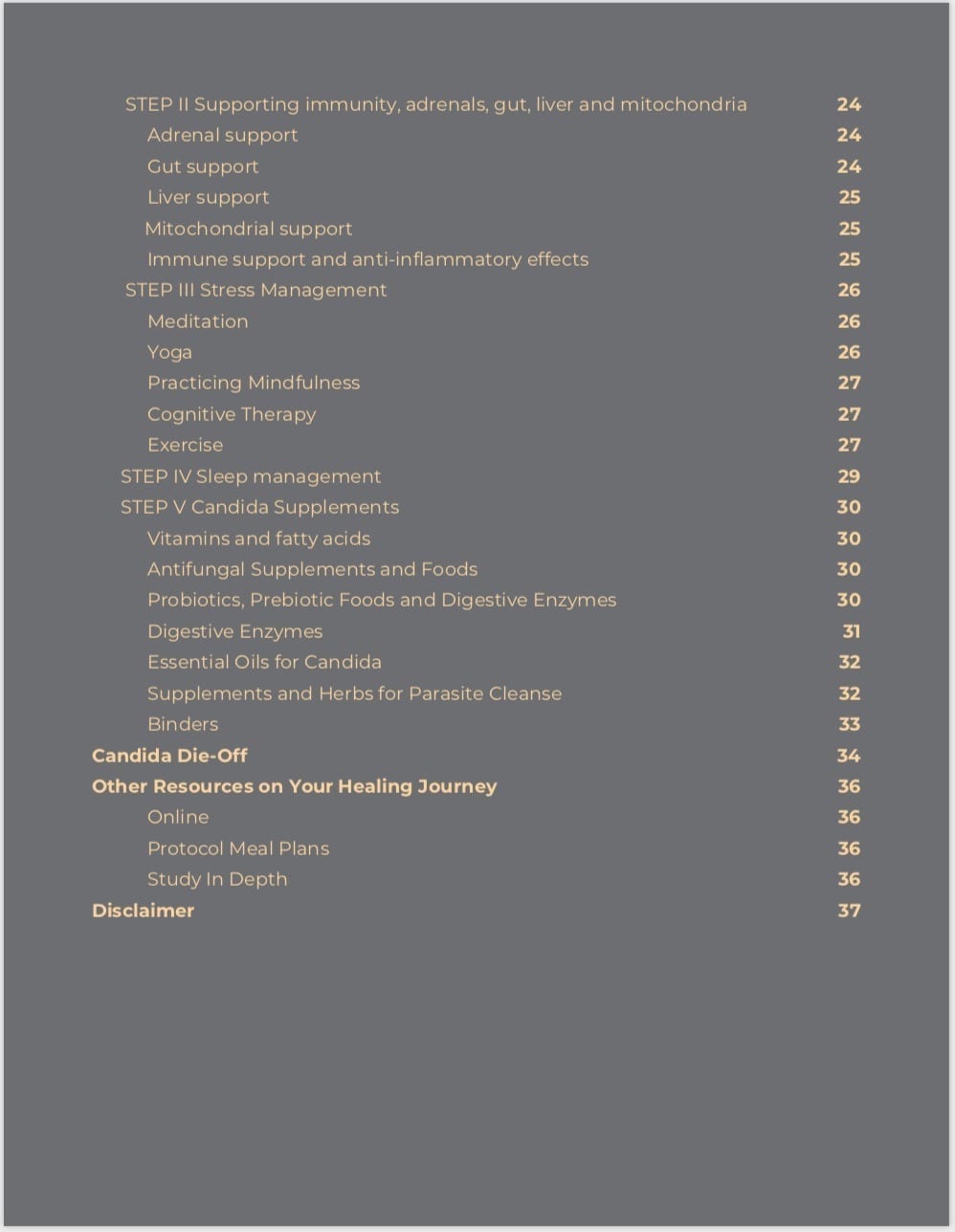
Thank you for creating such an in-depth article. I’m really just starting out with probiotics and currently I take the capsules from a brand called Florajen but after reading this I feel much more equipped to start integrating probiotic-rich foods into my diet.
I’m so glad you found it helpful Natalia! I checked the ingredients in this brand’s products and apparently they use magnesium stearate and gelatine (not an issue if you’re not vegan). Also, they only have 3 strains of bacteria. It might work for some people though — depends what you’re most deficient in.